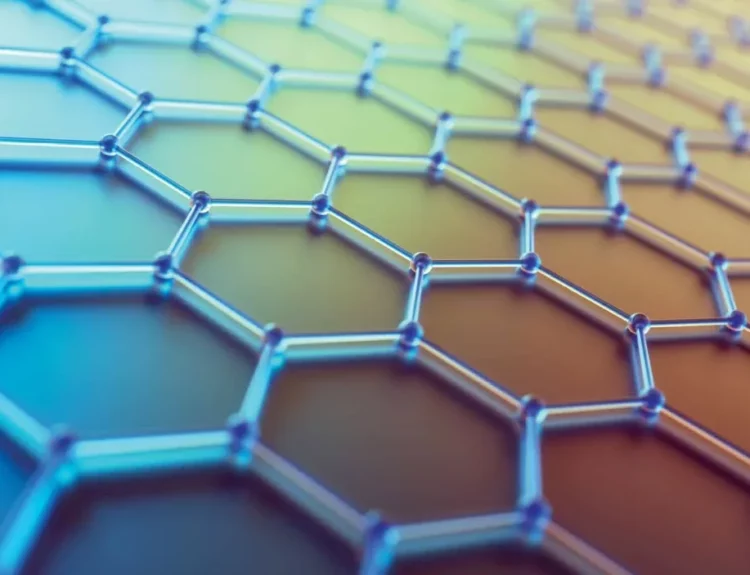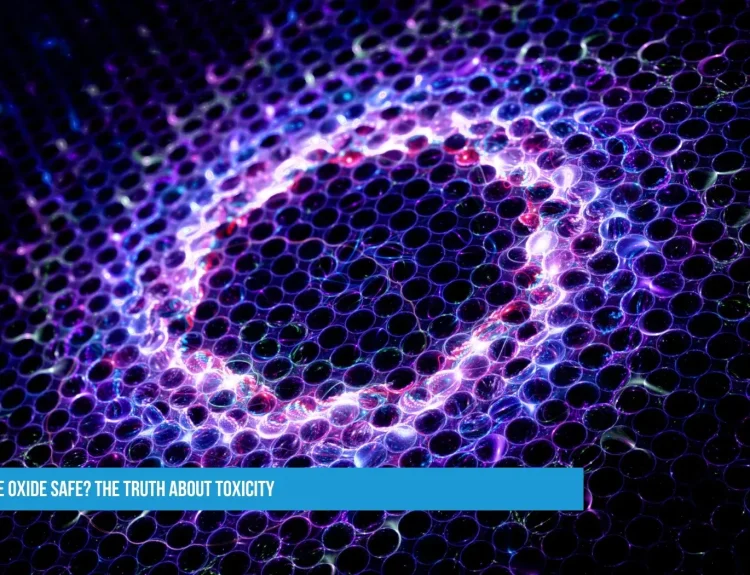The Invisible Hero of Electronics
Did you know that tiny, glass-like plates made of quartz help make your smartphone, laptop, and even self-driving cars possible? These unassuming sheets are essential in building the chips and circuits that run our modern world.
What Are Quartz Plates?
Quartz plates are ultra-pure, super-flat sheets made from fused silica (SiO₂). They look like glass but are far more special because:
They don’t melt easily (can handle extreme heat).
They’re transparent to UV light (essential for making tiny chips).
They don’t react with chemicals (won’t contaminate delicate processes).
How Quartz Plates Help Make Computer Chips
Printing Tiny Circuits (Photolithography)
Problem: How do you draw microscopic circuits smaller than a human hair?
Solution: Use quartz plates as “stencils” (called photomasks).
Light shines through the quartz mask, printing circuit patterns onto silicon wafers.
Quartz’s UV transparency makes this possible.
Surviving Harsh Chip Factories
Inside chip-making machines, quartz plates:
Hold wafers during high-temperature treatments (up to 1,200°C!).
Protect wafers from corrosive gases and acids.
Other Cool Uses in Electronics
Keeping Time in Your Phone (Quartz Crystals)
A tiny quartz crystal is the “heartbeat” of your phone’s clock.
When electricity passes through, it vibrates 32,768 times per second, keeping perfect time.
Making Brighter LEDs and Lasers
Quartz plates cover LED and laser chips because:
They don’t turn yellow under UV light (unlike plastic).
They help focus light more efficiently.
5G and Wi-Fi Signals
Quartz is used in 5G antennas and routers because it:
Reduces signal loss (for faster internet).
Handles high frequencies without overheating.
The Future: Even Smarter Quartz
Scientists are working on:
Quartz with nano-coatings – To make chips even smaller.
Self-cleaning Quartz – For longer-lasting electronics.
Quantum computing uses – Quartz might help build ultra-fast quantum chips.
Conclusion
Next time you use your phone, remember: quartz plates helped make it possible! These unsung heroes endure extreme heat, harsh chemicals, and precision demands to power our digital world.
Without Quartz, we wouldn’t have fast computers, reliable Wi-Fi, or accurate clocks—making it one of tech’s most important materials.






